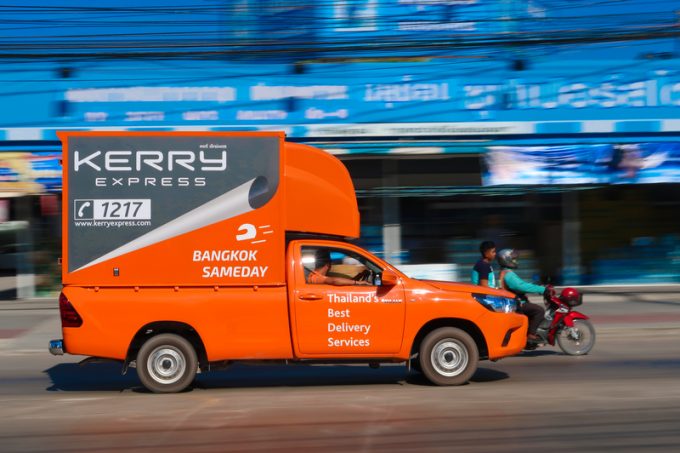Strikes end, but delays continue at Australian ports
Australian freight forwarder International Cargo Express (ICE) has warned of backlogs at Australian ports affected ...

Last week, Kerry Logistics unveiled a new air-sea offering from Europe to markets ’down under’.
The Hong Kong-based logistics firm moves freight from eight European countries by air to its home base, where the cargo gets transferred to ocean services to Australia and New Zealand.
The service provides daily uplift from the UK, Spain, France, Italy, Belgium, The Netherlands, Germany, Sweden and Turkey, with transit times of 20-24 days to Sydney and Auckland.
According to ...
'Disastrous' DSV-Schenker merger would 'disrupt European haulage market'
New senior management for DSV as it readies for DB Schenker takeover
Volumes set to 'fall off a cliff' as US firms hit the brakes on sourcing and bookings
Asian exporters scramble for ships and boxes to beat 90-day tariff pause
Amazon pushes into LTL for small package fulfilment and UPS does a u-turn
Temporary tariff relief brings on early transpacific peak season
Pre-tariff rush of goods from US to China sees air rates soar, but not for long
Forwarders 'allowing the fox into the chicken run' by supporting 'hungry' carriers

Comment on this article